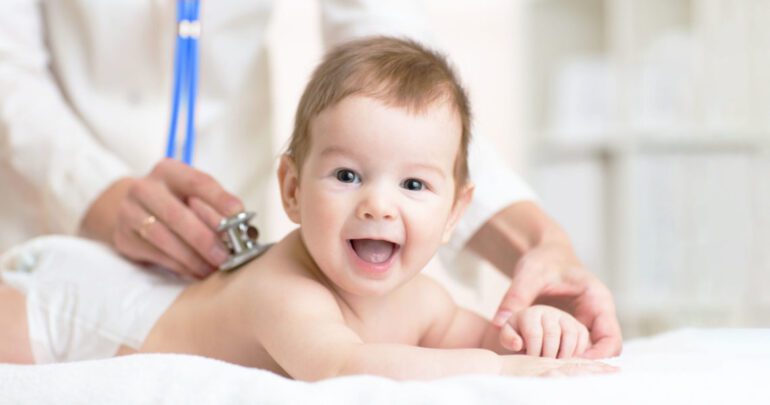TL;DR:
- A study by pediatricians at Cohen Children’s Medical Center questions ChatGPT’s diagnostic abilities in pediatrics.
- Pediatric diagnostics, which require age considerations, prove to be a significant challenge for ChatGPT.
- Researchers tested ChatGPT on 100 random pediatric cases and found limited success.
- A uniform approach was used, with ChatGPT providing diagnoses based on input case study text.
- Scoring by impartial colleagues revealed ChatGPT’s accuracy was inadequate, with only 11 of 17 correct diagnoses being clinically relevant.
- Despite its limitations, the study suggests potential for improvement through targeted training.
- In the meantime, ChatGPT may find utility as an administrative tool and in generating research materials and patient instruction sheets.
Main AI News:
A recent study conducted by a team of pediatricians at Cohen Children’s Medical Center in New York has raised significant concerns about the diagnostic capabilities of ChatGPT in the field of pediatrics. In their comprehensive research, published in the esteemed journal JAMA Pediatrics, Dr. Joseph Barile, Dr. Alex Margolis, and Dr. Grace Cason undertook a thorough evaluation of ChatGPT’s diagnostic prowess.
Pediatric diagnostics pose a unique challenge due to the need to consider a patient’s age alongside their symptoms. Acknowledging that Language Model Models (LLMs) have been touted as promising diagnostic tools within the medical community, the researchers embarked on a mission to assess their effectiveness. Their approach involved assembling 100 random pediatric case studies and tasking ChatGPT with diagnosing them.
In the pursuit of simplicity, the research team utilized a consistent method for querying the LLM across all case studies. They began by inputting the case study’s text and then posed the prompt, “List a differential diagnosis and a final diagnosis.”
Differential diagnosis, a critical methodology, involves suggesting preliminary diagnoses based on a patient’s medical history and physical examinations. The final diagnosis, as the name implies, represents the suspected root cause of the presented symptoms. Evaluation of ChatGPT’s responses was carried out by two impartial colleagues who were not otherwise involved in the study. Three possible scores were assigned: “correct,” “incorrect,” and “did not fully capture diagnosis.”
The study’s findings were sobering, with ChatGPT achieving correct scores in just 17 instances. Of these, only 11 were clinically relevant to the accurate diagnosis, and even these were flawed.
It is evident from this research that ChatGPT is far from being a reliable diagnostic tool in the realm of pediatrics. However, the study also suggests a glimmer of hope: with more targeted training, improvements in diagnostic accuracy may be achievable. In the interim, LLMs like ChatGPT could be useful as administrative aids, assisting in drafting research papers, or even generating instruction sheets for post-care applications.
Conclusion:
The study raises doubts about ChatGPT’s suitability for pediatric diagnostics. Its limited accuracy implies that more specialized training is needed for AI in this field. However, ChatGPT may still serve practical purposes in healthcare administration and content generation while awaiting further advancements in its capabilities. This highlights the need for continued innovation and refinement in AI-driven healthcare solutions.

